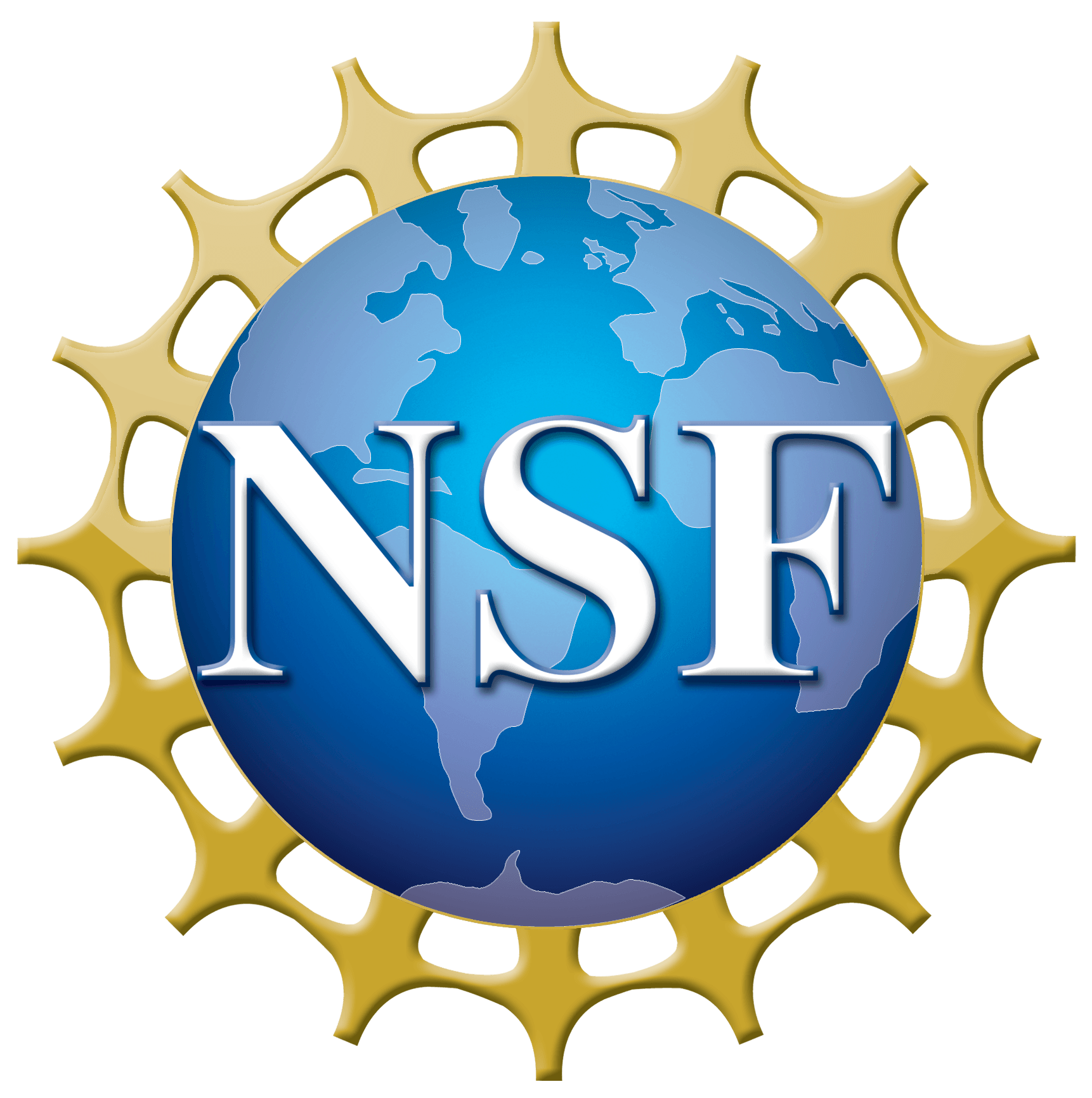Latest NRAO News
News is managed by NRAO News & Public Information. Questions about News? Have a story to share? Want to interview a scientist or create new media about our telescopes?
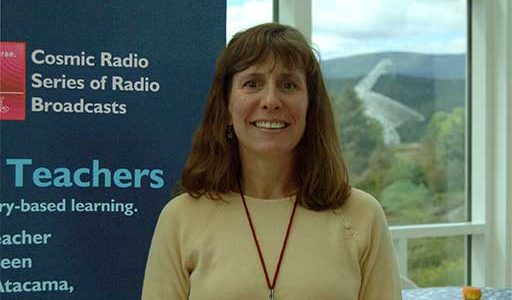
High school students and teachers will join astronomers on the cutting edge of science under a program to be operated by the National Radio Astronomy Observatory and West Virginia University, and funded by the National Science Foundation.
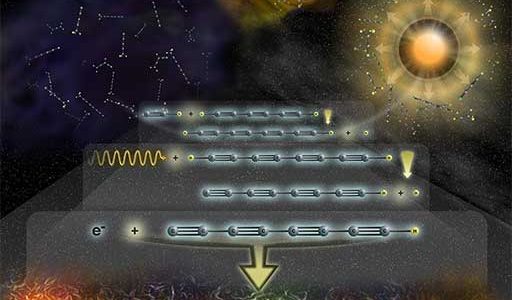
Astronomers using data from the National Science Foundation’s Robert C. Byrd Green Bank Telescope have found the largest negatively-charged molecule yet seen in space. The discovery of the third negatively-charged molecule, called an anion, in less than a year and the size of the latest anion will force a drastic revision of theoretical models of interstellar chemistry, the astronomers say.
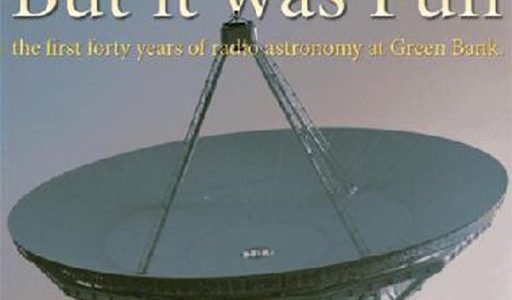
A new book published by the National Radio Astronomy Observatory tells the story of the founding and early years of the Observatory at Green Bank, West Virginia. But it was Fun: the first forty years of radio astronomy at Green Bank, is not a formal history, but rather a scrapbook of early memos, recollections, anecdotes and reports.
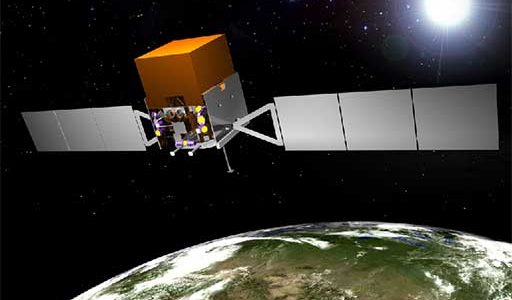
The National Radio Astronomy Observatory is teaming with NASA’s upcoming Gamma-ray Large Area Space Telescope to allow astronomers to use both the orbiting facility and ground-based radio telescopes to maximize their scientific payoff.
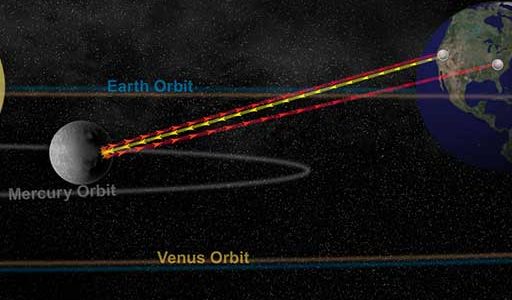
Scientists using a high-precision planetary radar technique for the first time have discovered that the innermost planet Mercury probably has a molten core, resolving a mystery of more than three decades.
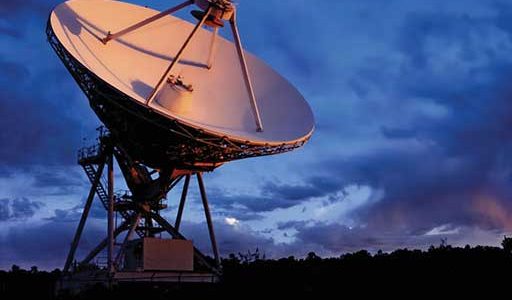
The National Science Foundation’s Astronomy Senior Review Committee report, released today, made major recommendations for restructuring the NSF’s ground-based astronomy efforts, including significant changes for the National Radio Astronomy Observatory.
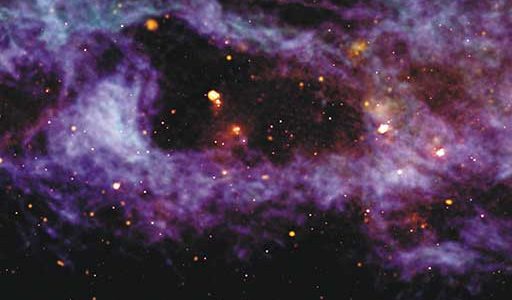
A striking image of an enormous bubble blown into the dusty gas disk of our own Milky Way galaxy has won first place in the National Radio Astronomy Observatory’s second annual Radio Astronomy Image Contest.

In just two years of work, an international research team has discovered eight new complex, biologically-significant molecules in interstellar space using the National Science Foundation’s Robert C. Byrd Green Bank Telescope (GBT) in West Virginia.
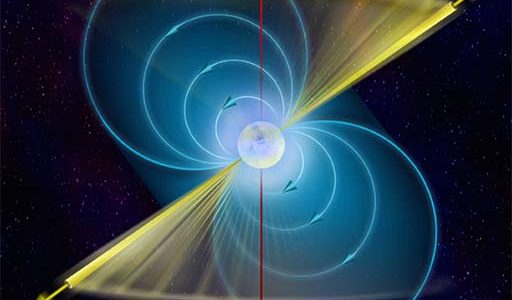
Astronomers using the National Science Foundation’s Green Bank Telescope have discovered the fastest-spinning neutron star ever found, a 20-mile-diameter superdense pulsar whirling faster than the blades of a kitchen blender.
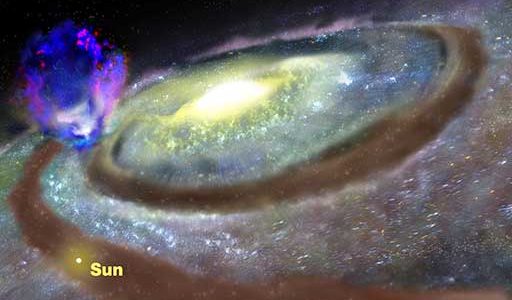
Astronomers using the National Science Foundation’s Green Bank Telescope have discovered a huge superbubble of hydrogen gas rising nearly 10,000 light-years above the plane of our Milky Way Galaxy.




